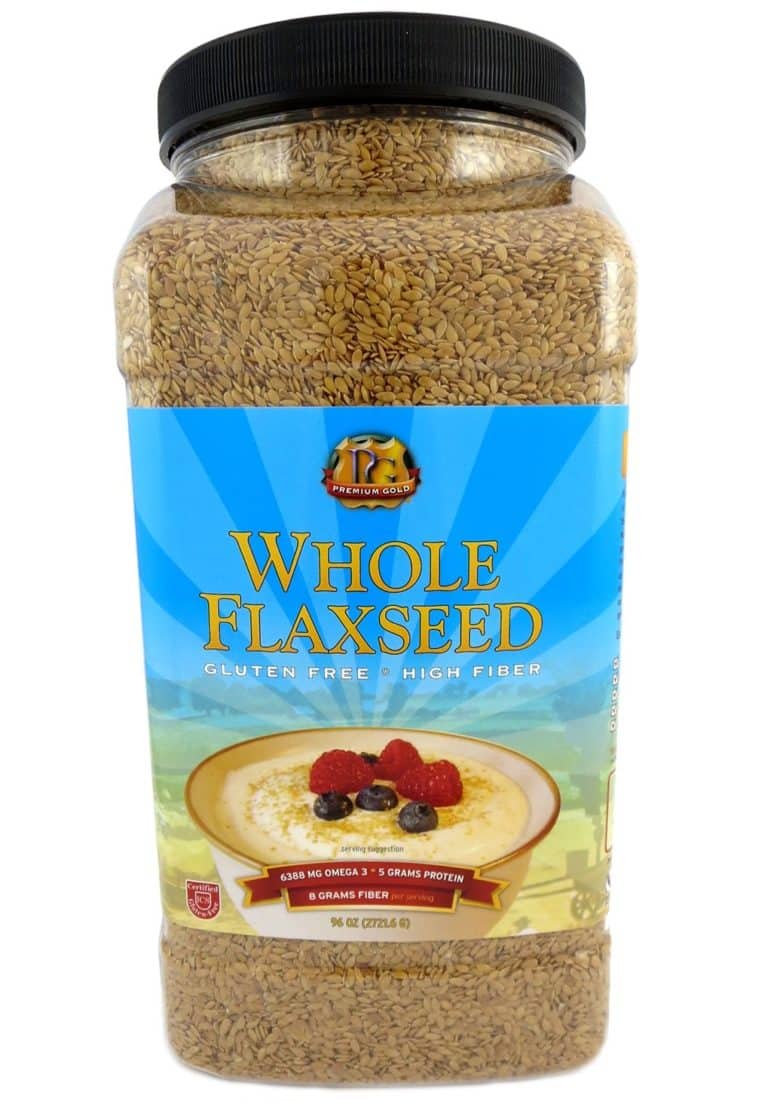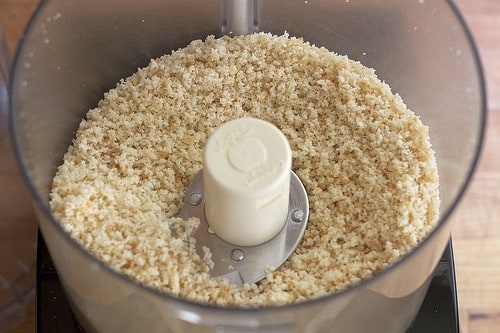

The TG additive had also a beneficial effect on the specific volume of the bread. When incorporated into the dough recipe, this enzyme preparation affected the basic baking parameters of buckwheat bread namely it caused the bread crumb moisture to increase and the bake loss to decrease. The objective of the research study was to assess the effect of adding transglutaminase (TG), its activity being 5, 10 and 15 U/100 g of blend, to a flour blend containing equal quantities of buckwheat flour and gluten-free wheat starch, on the quality parameters of gluten-free bread including specific volume of bread and crumb porosity. Thus new methods are sought to increase this value and one of the research lines is to improve the quality parameters of gluten-free bread by using enzyme preparations. For patients with celiac disease this basic product is gluten-free bread, however compared to the traditional bread, the gluten-free bread is characterised by a lower nutritional value.


Breads made with HPMC presented higher specific volume than the other hydrocolloids, however combinations among these hydrocolloids could be evaluated to improve gluten-free breads quality.īread is a basic ingredient of daily diet. However, in breads made with rice flour, the combined decreased hydration and similar specific volume generated a harder bread with HPMC than the use of psyllium or xanthan. Breads manufactured with maize starch and HPMC had low hardness due to their great specific volume. Psyllium had similar behaviour to xanthan with respect to specific volume and weight loss. Breads made with HPMC had greater dependence on the HL, especially for preparations with maize starch. The hydration is a key factor that influences the final characteristics of gluten-free breads. Breads with the same final volume and the corrected hydration (CH) were evaluated. This study evaluated the optimum hydration level (OHL) for gluten-free breads prepared with different starch sources (rice flour or maize starch) and hydroxypropyl methylcellulose (HPMC) in comparison with psyllium husk fibre and xanthan gum. Hydration level (HL) optimization is important to maximize the hydrocolloids effects on dough and bread quality. The use of hydrocolloids in gluten-free breads is a strategy to improve their quality and obtain products with acceptable structural and textural properties. This book chapter will present the main problems related to gluten-free bread making technology and to summarise the approaches which can be used to improve the technological, nutritional, and sensory properties of gluten-free bread. In response to this, the use of novel alternative flours, functional and nutritional ingredients, processing aids, additives, innovative techniques, and their combinations are being used to improve the quality characteristics of gluten-free bread. The low quality of gluten-free bread still remains a challenge in gluten-free bread making. Gluten-free bread has poor visual, textural characteristics, low nutritional value, decreased mouth feel and flavour, as well as a shorter shelf-life. However the exclusion of gluten from bread formulation has unfavourable effects on the bread making process and sensory attributes, and raises technological challenges in terms of making good quality bread.
#Bread crumb substitute gluten free free
The increasing incidence of gluten related disorders promotes worldwide interests for development of gluten free bread. But many of the individuals are susceptible to gluten and are associated with the development of gluten related disorders even on ingestion of small amount of gluten. Sensory analysis revealed a preference for breads containing skim milk replacer, sodium caseinate and milk protein isolate.įor successful bread making process gluten has an important role to play. Ten and 20% additional water (trial 2) was added to the formulation and the resulting breads had higher volume, and a much softer crust and crumb texture. All of the powders increased crumb hardness (P<0.001) with the exception of demineralised whey powder. Crust L* values were significantly reduced. Powder addition generally decreased the crumb L*/b* (white/yellow) ratio. Increasing the inclusion levels of the powders decreased loaf volume (P<0.001) with a decrease of 8% for the highest level. Powder addition reduced loaf volume by circa 6% (P<0.001). The breads were tested 24 h after baking. Initially a fixed water level was used (trial 1) and the resulting batters were proofed and baked. A commercial wheat starch (Codex Alimentarius) gluten free flour was supplemented with seven dairy powders (0%, 3%, 6%, 9% inclusion rates based on flour weight). Gluten free breads often have poor crust and crumb characteristics and the current study was conducted to help alleviate this problem.


 0 kommentar(er)
0 kommentar(er)
